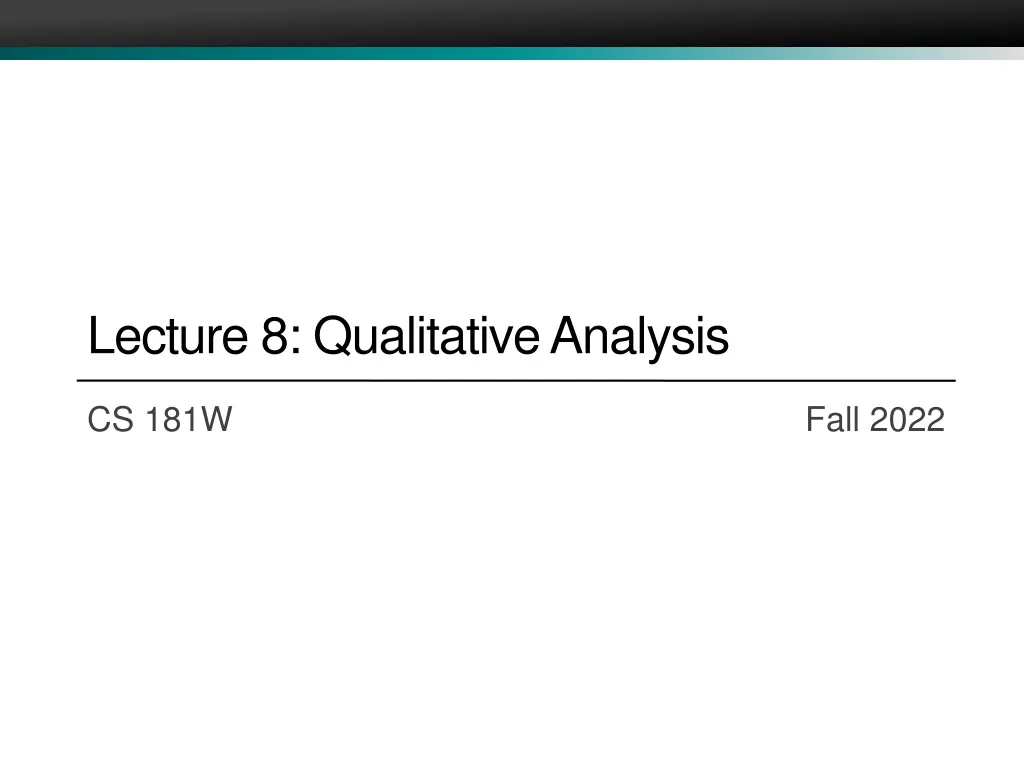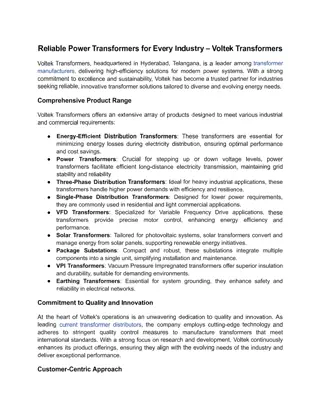
Thematic Coding Approaches for Qualitative Data Analysis
Explore different thematic coding approaches like Grounded Theory and A Priori Coding for qualitative data analysis. Learn how to create a codebook using emergent coding and a priori coding methods to make sense of unstructured data effectively.
Uploaded on | 1 Views
Download Presentation

Please find below an Image/Link to download the presentation.
The content on the website is provided AS IS for your information and personal use only. It may not be sold, licensed, or shared on other websites without obtaining consent from the author. If you encounter any issues during the download, it is possible that the publisher has removed the file from their server.
You are allowed to download the files provided on this website for personal or commercial use, subject to the condition that they are used lawfully. All files are the property of their respective owners.
The content on the website is provided AS IS for your information and personal use only. It may not be sold, licensed, or shared on other websites without obtaining consent from the author.
E N D
Presentation Transcript
Lecture 8: Qualitative Analysis CS 181W Fall 2022
Review: Types of studies Interviews: conversations with individuals Focus groups: discussions with groups Surveys: asynchronous questions Experimental Studies: randomized multi-condition studies Usability Testing: observations of tool use Cognitive Walkthrough: expert evaluation Diary Studies: contemporary record of real-world behavior Observational Studies: records of behavior in the wild Mixed-methods studies
Examples of qualitative data Interviews Diary entries Open-ended survey responses Comments or reviews posted in online forums Drawings Chat transcripts Photos Think-aloud transcripts Videos Social media posts Researcher s notes
Goals of qualitative data analysis Make sense of unstructured data Develop consistent and reliable interpretations of data
Thematic Coding Approaches Grounded Theory Experimental Research Study Theory Hypothesis Study Data Data Emergent coding don't start with a theory or hypothesis look for interesting concepts or ideas and refine as you go A priori coding start with established theory or hypothesis theory typically from prior work
Creating a codebook Emergent coding Read through (subset of) the data Read through again and this time identify interesting things to code Combine and refine codes, perhaps in a hierarchy Update iteratively as you code data A priori coding Make a list of all the possible categories you might have based on prior theory Codebooks are often hierarchical Too many codes can make it hard to code reliably and difficult to make sense of your data
Example: Emergent coding Let's using emergent coding to develop a codebook for drawings of privacy labels definitions examples categories/concepts
Example: A priori coding surveillance interrogation aggregation identification insecurity secondary use exclusion breach of conf disclosure exposure incr. accessibility appropriation distortion intrusion decision interfere. people watching coerced acquisition gathering info link data to person data not secure data reuse failed notice data breach data sharing embarrassing data easier access to data id theft manipulation of data incursion into life impose on decisions eyes, law enforce. theft, stealing collection ID card passwords, enc processing blindfolded user hacker arrows bathroom dissemination personal bubble invasion
Reliability Stability also called intra-coder reliability examines whether the same coder rates the data in the same way throughout the coding process Reproducibility also called inter-coder reliability or investigator triangulation examines whether different coders code the same data in a consistent way
Reliability measures Percent agreement Cohen s Kappa:
Example: Cohen's Kappa Coder 2 Insecurity .07 .12 .02 Surveillance .26 .04 .09 Intrusion .04 .01 .35 Marginal Total .37 .17 .46 Surveillance Insecurity Intrusion Coder 1 .21 .40 .39 Marginal Total ??= .26 + .12 + .35 = .73 ??= .37 .39 + .17 .21 + .40 .46 = .364 =.73 .364 1 .364 = .575
Increasing reliability Multiple coders should each code a small number of items independently, compare answers, and resolve conflicts This may lead to changes in the codebook Process may need to be repeated several times until reliability is sufficient For any items double coded, the resolved codes are the ones that should be reported and used in analysis Coders can collaboratively discuss and code everything together One person can code everything and another can review the codes and suggest changes for the two coders to discuss








